Vehicle Control Unit (VCU)
As the central control unit of new energy vehicles, the Vehicle Control Unit (VCU) is the core of the entire control system. It collects the status of the motor and battery, as well as the signals from the accelerator pedal, brake pedal, actuators, and sensors. Based on the driver’s intention, it comprehensively analyzes and makes corresponding judgments, monitors the actions of lower-level component controllers, and is responsible for the normal operation of the vehicle, energy management of the entire vehicle driving system and power battery, network management, fault diagnosis and handling, and vehicle status monitoring. Therefore, the performance of the VCU directly determines the performance of new energy vehicles, playing a crucial role.
During the initial stage of the development of new energy vehicles, the first generation of VCU products were born between approximately 11 to 15 years ago. The technology came from the traditional automotive electronic control unit (ECU), with the engine control unit and body control unit as the main technical sources. Typical products in the industry include Delphi’s HCU-2, Unitek’s VCU, Continental’s H300, and Puhua’s first-generation VCU-1.
During the second generation, which lasted from 16 to 19 years, the industry’s main products included Unitek’s VCU8, Delphi’s HCU-5, Continental’s H500, and Puhua’s ORIENTAIS_HCU-6. However, due to changes in subsidy policies and safety incidents, two products were developed that met different functional safety requirements. Regardless, VCU’s functional safety and AUTOSAR software and hardware platform are necessary for long-term development.
If the future development trend of automobiles is electrification, intelligence (even software-defined vehicles), then the future development of the VCU will inevitably be highly integrated and safe and reliable. Regardless of the development stage of automobiles, safety, comfort, and economy will always be the hard indicators of development. Open cooperation and division of labor will be the future main cooperation modes of OEMs, Tier1 suppliers, and Tier2 suppliers.
Nowadays, the third-generation technology has become more highly integrated, such as domain controllers that combine VCU functions.
Of course, there is one way to cancel the VCU and decompose its functions into other controllers, such as assigning the safety and power management functions to the Battery Management System (BMS) and driving-related functions to the Motor Control Unit (MCU).
So what are the functions of the VCU? Let me give you a systematic introduction:
Simply put, it’s the car’s brain! It receives external signal information, performs computations, and gives corresponding instructions to other components for vehicle operation.
What Does the VCU Look Like?
See the following diagram:
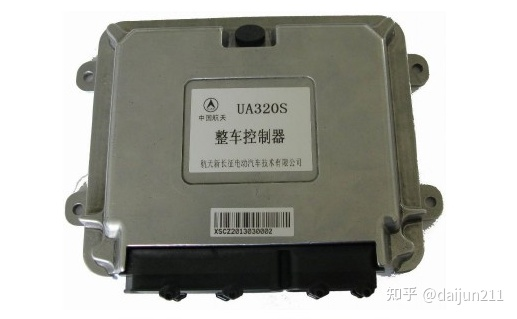
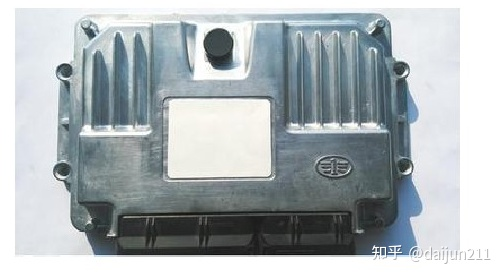
After disassembly, some circuit boards are obtained.
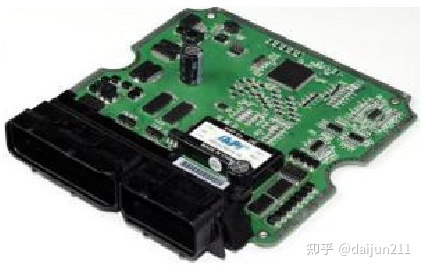
VCU includes parts shown in the following figure. My personal responsibility is the integrated testing work of application layer software.
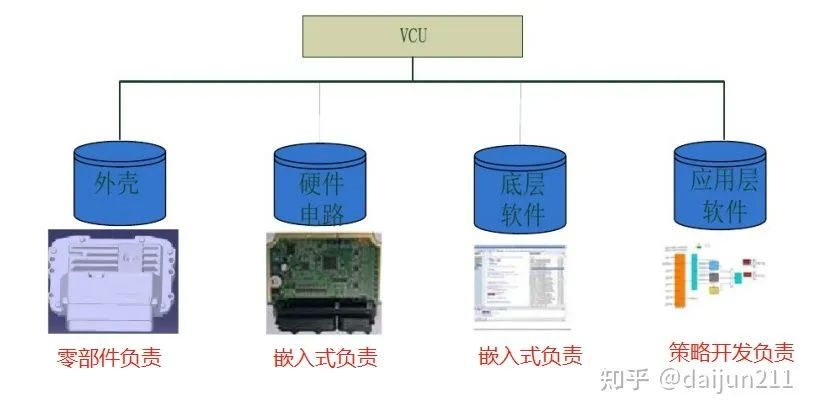
What is the basic operation mode of VCU?
Everything is an electrical signal! As shown in the following figure:
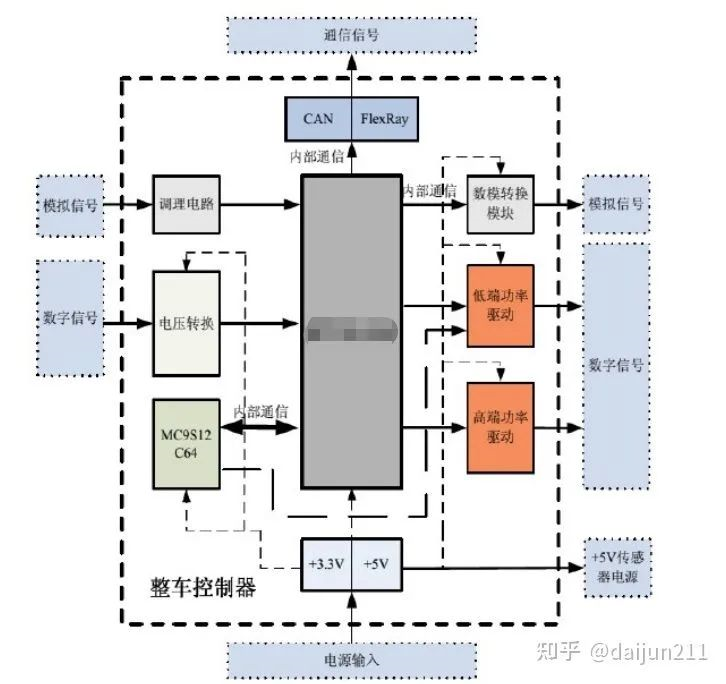
What is the architecture of VCU software control direction?
Currently, it is relatively systematic. As shown in the following figure:
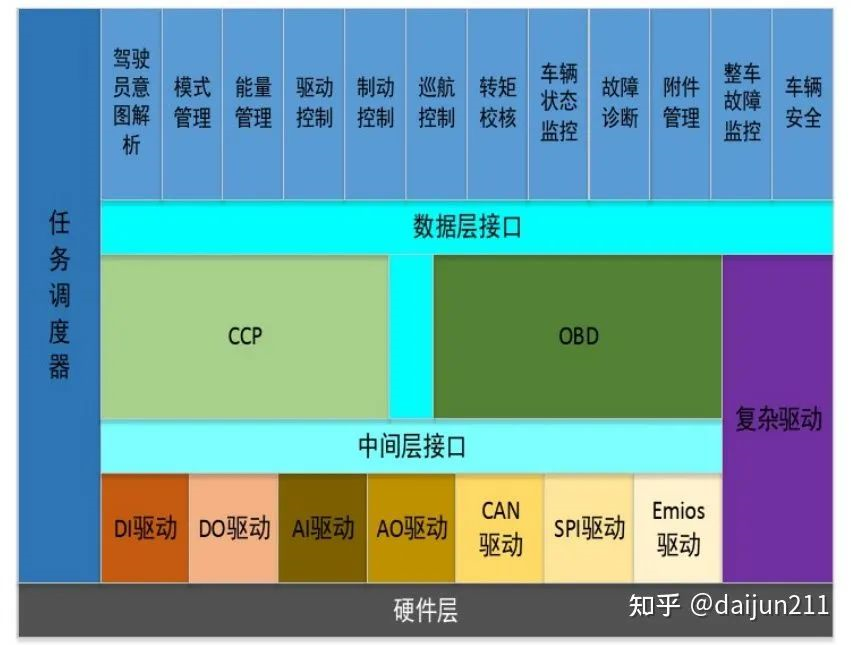
Detailed explanation of VCU’s specific functions:
Driver intention analysis
VCU collects interface information such as the accelerator pedal, brake pedal, gears, and other human-machine interactions (intelligent vehicles also receive signals from large screens), and comprehensively considers the current state of the vehicle, such as battery power, vehicle speed, and other key information, to give a drive or braking demand for the vehicle to the driver to accelerate or slow down.
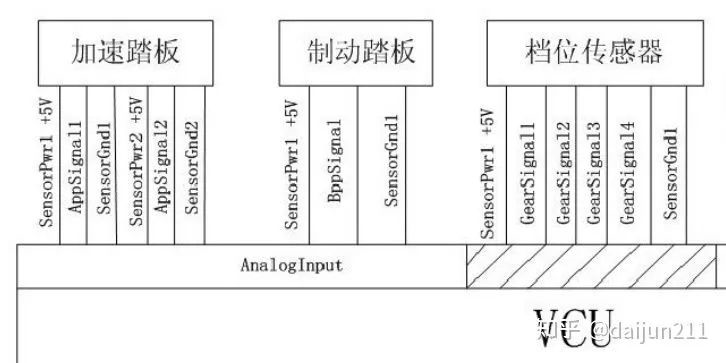
Whole vehicle mode management
The change and control of the real vehicle mode state. The general pure electric vehicle is divided into initialization mode, high-voltage maintenance mode, AC charging mode, DC charging mode, driving mode, power supplement mode, fault mode, etc. VCU realizes the switching between various states of the vehicle through reasonable and clear conditions and paths.
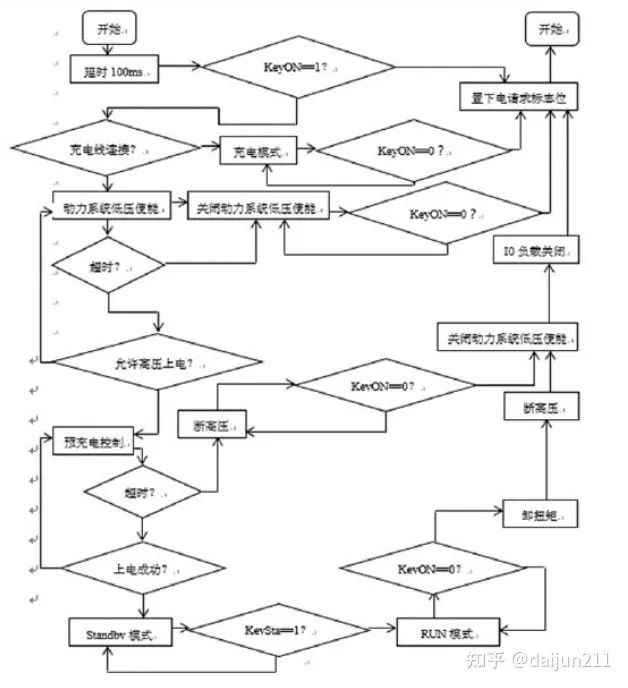
Whole vehicle energy management
For pure electric vehicles, VCU monitors the overall energy status of the vehicle, coordinates the vehicle’s power output and the working status of other high-voltage components, and maximizes the use of the vehicle’s energy to achieve the best energy utilization effect — more powerful, or longer driving range.Translate the markdown Chinese text in the following into English markdown text in a professional way, reserve the HTML tags inside markdown, and only output the results. Correct and improve only, no explanation.
For example, limiting motor power and restricting air conditioning use when the battery is low. Or, when the driver selects different driving modes (such as Sport mode), the emphasis is more on energy bias towards power output.
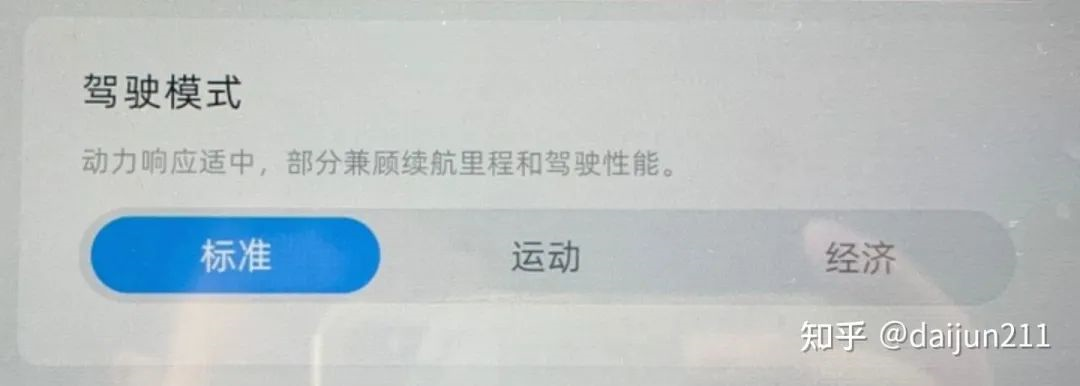
Drive Control
Based on the driver’s driving torque demand and the actual vehicle status, the dynamic control process of the entire driving system is optimized and managed, so that the power system components can meet the driver’s driving needs in the most optimized working mode.
For example, different acceleration effects can be achieved by analyzing the control of the throttle pedal (depth, stepping rate, etc.) to determine the required torque size of the driver.
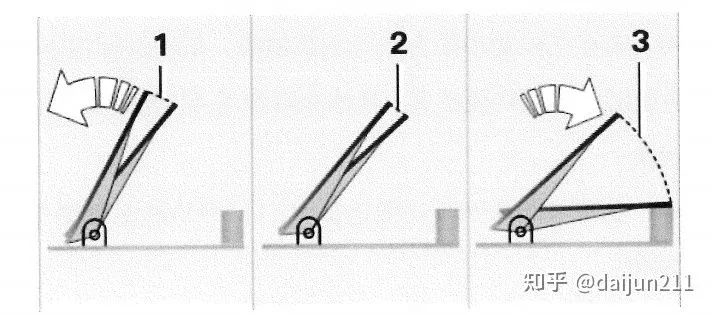
Brake Control
The term brake control used here is not very precise. More precisely, it’s about energy recovery control. The VCU calculates the energy recovery that meets the current state of the vehicle based on the current vehicle speed, the driver’s pedal operation, and the estimated current vehicle status (such as battery temperature, SOC, etc.), which is then executed by the vehicle’s driving system. This ensures the optimal recovery of energy and brake feel.
However, the topic of energy recovery and braking is very broad and will not be elaborated here.
Torque Monitoring
From the perspective of the overall vehicle function safety, the VCU collects objective parameters fed back by the power system (drive motor controller) and calculates the actual vehicle torque, in order to monitor the entire vehicle torque and ensure that the vehicle power system works within a safe range.
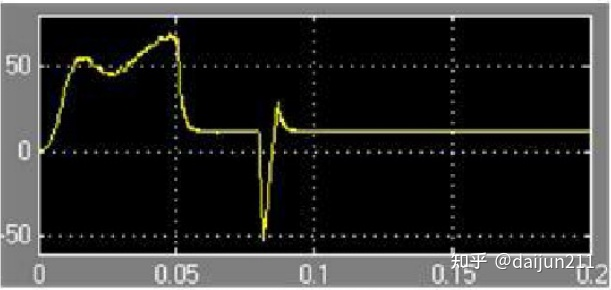
Overall Vehicle Fault Monitoring
The VCU performs real-time calculations, comparisons and analysis of the signal values uploaded by various components and the values collected by sensors, to effectively identify and manage the status of vehicle components.
For example, judging the battery temperature reported by the battery or the temperature value collected by the temperature sensor on the charging port can effectively avoid vehicle failures. Alternatively, when a failure occurs, an alert or safety measures can be activated.
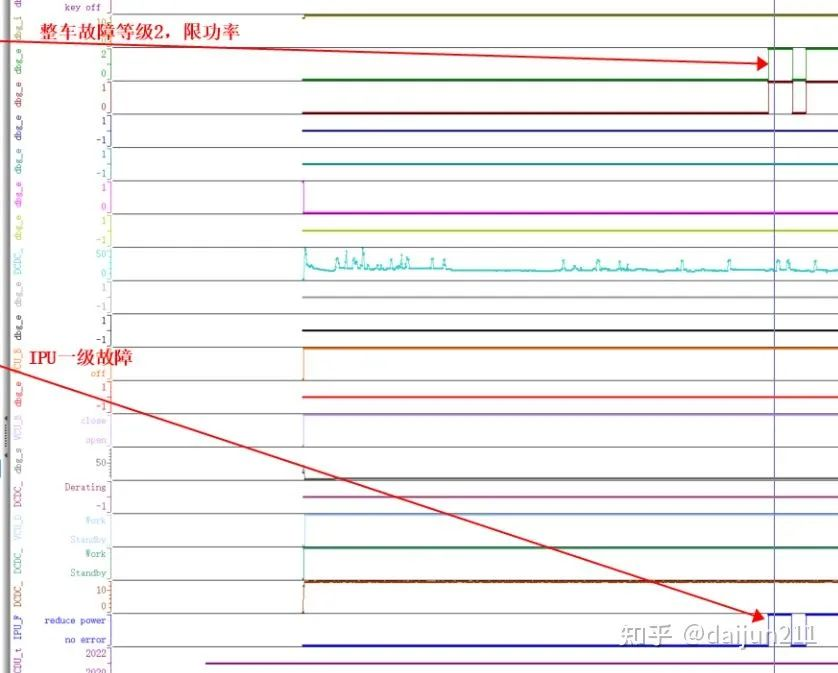
Component Fault MonitoringBy designing at the vehicle level, VCU can perform relevant redundancy design, diagnose and handle faults effectively, and ensure that the basic functions of the vehicle are not lost when certain components fail.
For example, in the case of motor overheating, VCU can reduce driving power through certain redundancy designs, ensuring the partial basic functions of the vehicle are improved. Adaptively handle faults from the perspective of the whole vehicle.
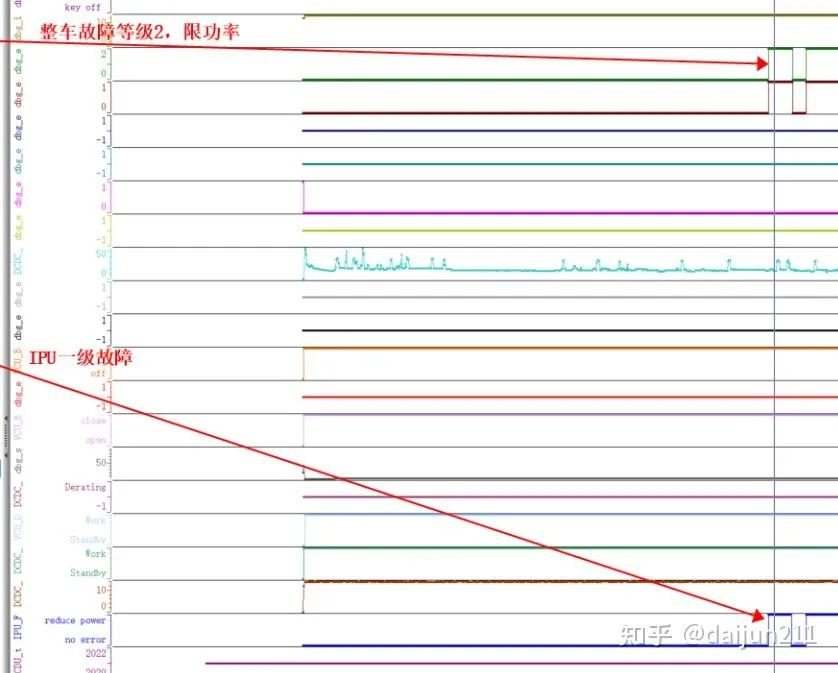
Management of Vehicle Accessories
VCU can manage the function of vehicle accessories, such as air conditioning, DCDC demand management, water pumps, instruments, vacuum pumps, reverse lights, and brake lights. Optimize energy calculation and vehicle requirements management.
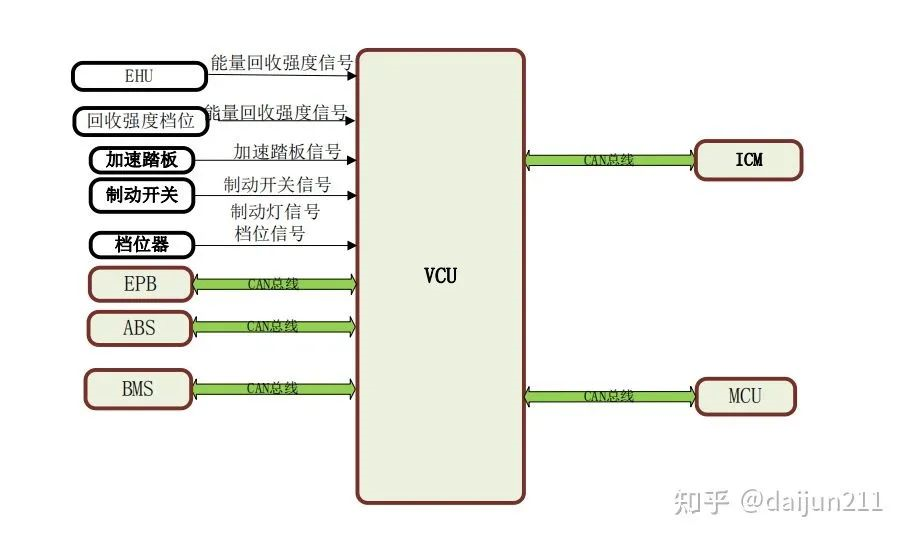
Fault Diagnosis
VCU facilitates maintenance and diagnosis by aftersales staff, following fault diagnosis requirements. The development of diagnostics tools is closely related to the VCU diagnostic plan.
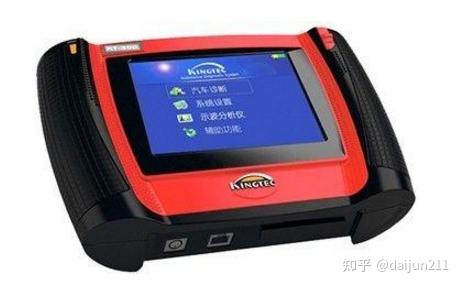
Online Calibration
By calibrating the VCU torque and some temperature maps, including some fault limitation calibration, certain parameter values within the VCU can be modified. Since vehicle software is not permanently set from the start, some adjustable values are usually reserved for calibration engineers to modify these values to achieve the best state for the vehicle.
For example, calibrating the driver’s torque map can change the driving performance of the vehicle.
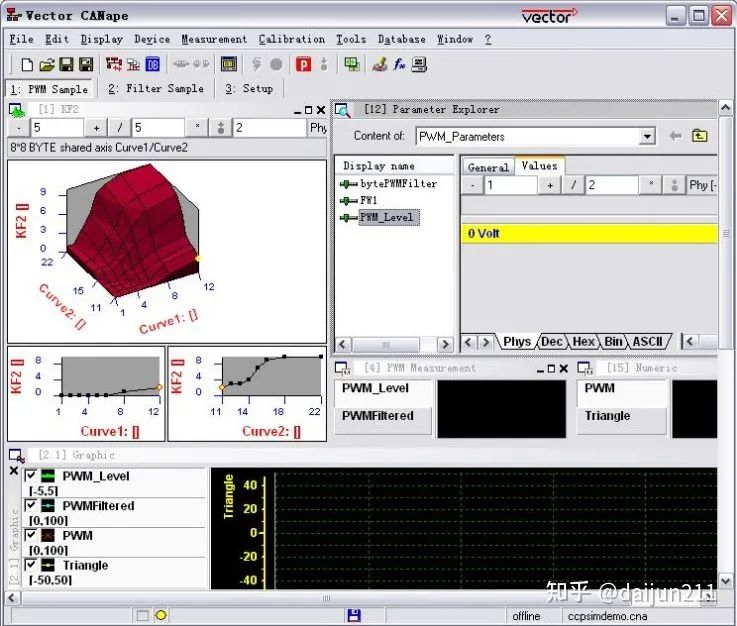
The above is a brief introduction to VCU.
This article is a translation by ChatGPT of a Chinese report from 42HOW. If you have any questions about it, please email bd@42how.com.